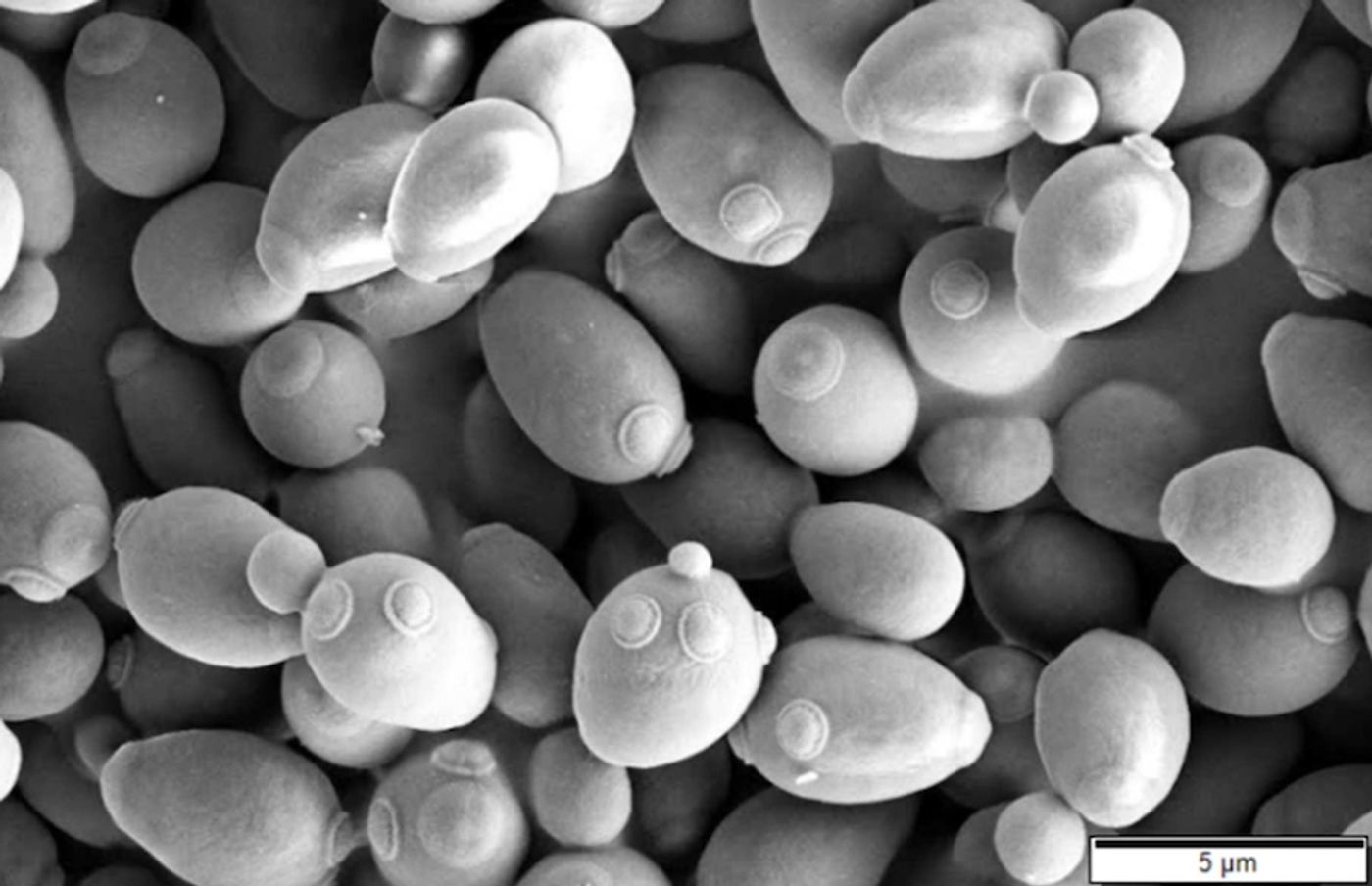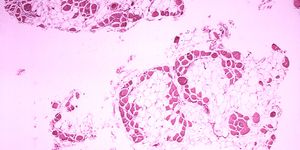A New and Improved Genome Editing Tool
Since the development of a genome-editing tool called CRISPR/Cas9, scientists have been seeking to refine and improve it. Inspired by physiological tools used by bacteria, the gene editor can change genes in many ways and is able to excise pieces of DNA or add them. There are of course, drawbacks to the process. It can have unintended effects on regions of the genome that aren’t supposed to be edited, for example. New work by researchers at Yale University has taken significant steps to make gene editing tools better.
"You can think of existing technology as a hacksaw and this method as a scalpel that enables us to make precise genetic modifications with high efficiency at multiple sites within the genome of a eukaryote," explained Farren Isaacs, an Associate Professor of Molecular, Cellular & Developmental biology at the Systems Biology Institute on Yale's West Campus. He is senior author of the report, published in Cell.
In CRISPR/Cas9, both strands of DNA are broken by the editing machinery, which then allows genetic modifications to be made. The natural processes employed by cells repair the breaks that are made by the editor, but control over that process is limited. Unintended errors may be introduced that can have many different consequences.
"Breaking and creating errors in genes is not true editing," explained Edward Barbieri, lead author of the study who recently received his Ph.D. from Yale.
For this work, the scientists used yeast as the conduit for DNA replication and repair. With that, new genetic material can be inserted without causing double-strand breaks in many different parts of the genome.
The new gene-editing technique has been termed eMAGE, eukaryotic multiplex genome engineering. Isaacs believes it will now accelerate efforts to edit genes that cause disease, it can help identify and produce antibiotics or cancer-fighting agents that occur in nature, and it will spur the creation of new biotechnology products. The approach utilized by the research team created almost a million combinatorial genetic variants, resulting in precise genetic changes across many sites of the genome. Resulting changes in gene expression and metabolism were then observed.
"We can create lots of combinations of mutations, which gives us an unprecedented tool to identify driver mutations of disease and fundamentally re-program cellular behavior," Isaacs said. "Our sights are set to further develop the technology and expand to multicellular organisms." A brief talk from Isaacs about genome editing on a large scale is featured in the video.
Sources: AAAS/Eurekalert! Via Yale University, Cell









